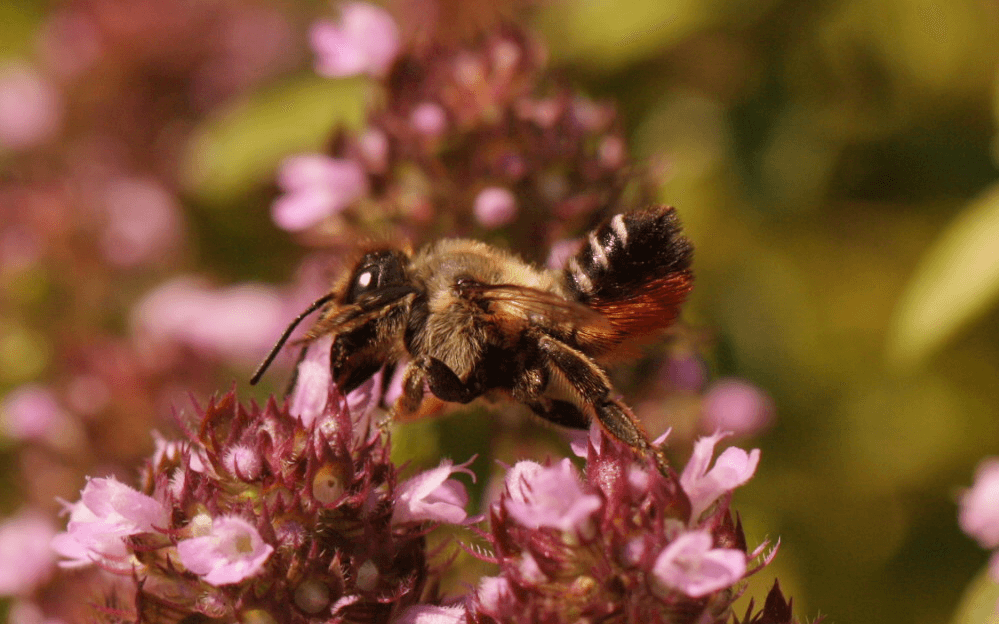It's Friday, and for this Friday, FFF have planned to take up protests again - because even though we're all still in the grip of the pandemic, and numbers are unfortunately going up about everywhere in the world (gaah!), our other issue, the climate change, is not going to go away. Especially not with all the extra single-use plastics that are currently necessary (more or less...) due to hygiene requirements.
I'm hoping that the extra restrictions placed on vendors will peter out quickly now, or get lifted, but I'm not getting my hopes to high. It's time to make it possible again to fill customer's containers, in order to save single-use packaging. Germany used to be at the point where it was finally possible at most bakeries and butcher's shops to bring your own bag for baked goods, and your own boxes for meat, and get those filled. This has largely been stopped by the extra measurements taken due to the pandemic. Which I can understand - but now that we know more about the virus and how it spreads, and especially that touching items is not the primary vector of the virus by far, it's time to get back to more sustainable ways of shopping.
So. Fridays For Future protests today. Here in Erlangen, it won't be a single one, intending to be a huge central protest, but there's several smaller ones taking place - so that protesters can keep their distance (plus wearing masks). If you're up to something like this, you can find protests taking place near you on klima-streik.org for Germany, or on Global Climate Strike for all over the world.
See you there!
I'm hoping that the extra restrictions placed on vendors will peter out quickly now, or get lifted, but I'm not getting my hopes to high. It's time to make it possible again to fill customer's containers, in order to save single-use packaging. Germany used to be at the point where it was finally possible at most bakeries and butcher's shops to bring your own bag for baked goods, and your own boxes for meat, and get those filled. This has largely been stopped by the extra measurements taken due to the pandemic. Which I can understand - but now that we know more about the virus and how it spreads, and especially that touching items is not the primary vector of the virus by far, it's time to get back to more sustainable ways of shopping.
So. Fridays For Future protests today. Here in Erlangen, it won't be a single one, intending to be a huge central protest, but there's several smaller ones taking place - so that protesters can keep their distance (plus wearing masks). If you're up to something like this, you can find protests taking place near you on klima-streik.org for Germany, or on Global Climate Strike for all over the world.
See you there!




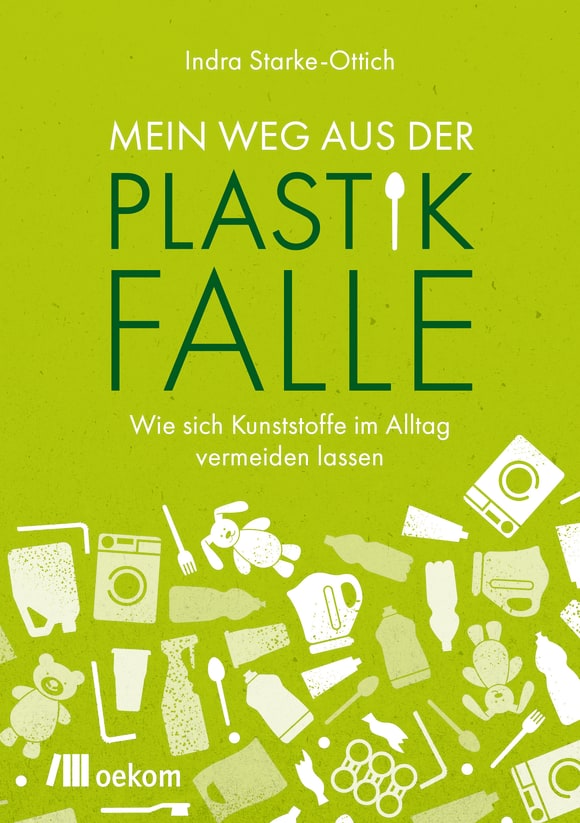
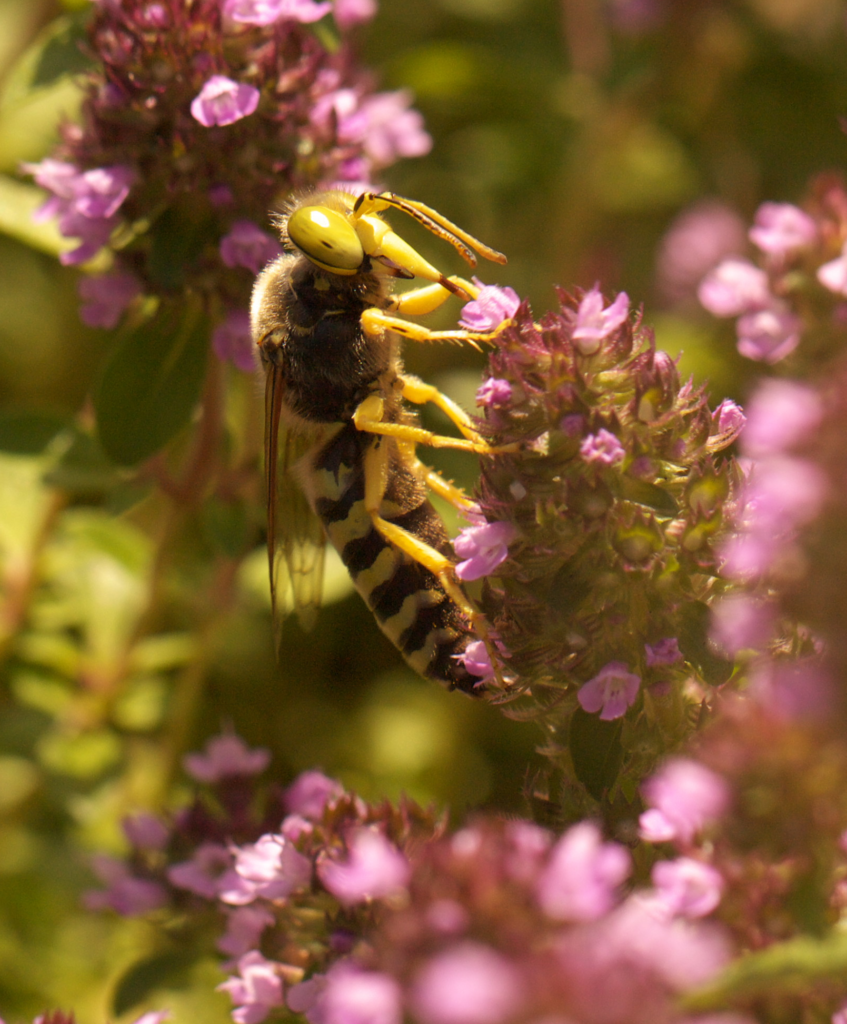 Male Gallische Feldwespe (European Paper Wasp),
Male Gallische Feldwespe (European Paper Wasp), 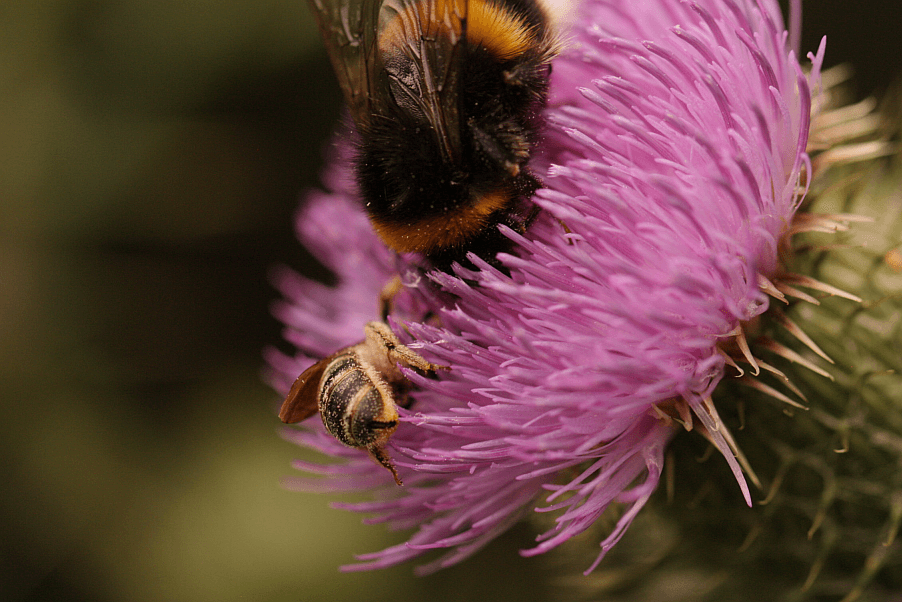 Gelbbindige Furchenbiene,
Gelbbindige Furchenbiene, 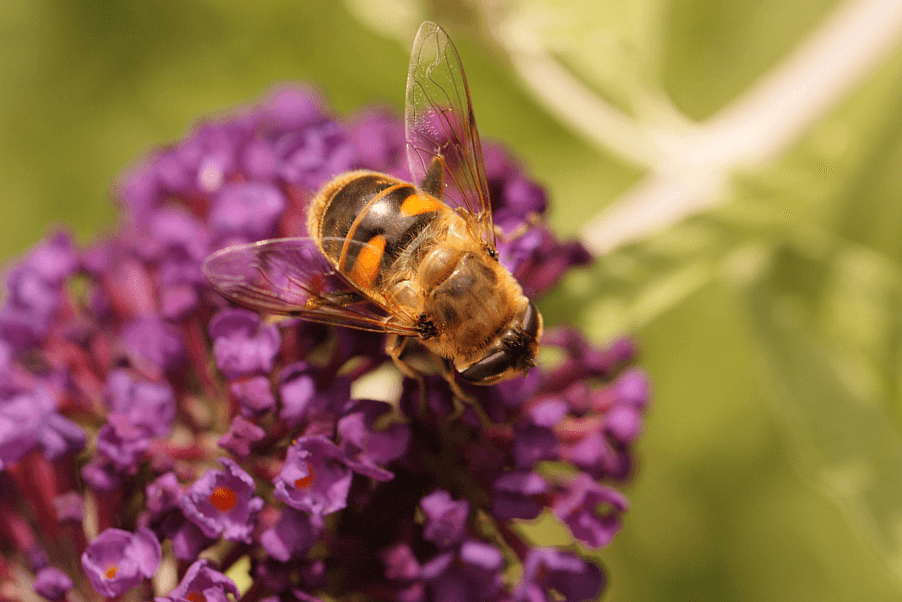 Probably
Probably 